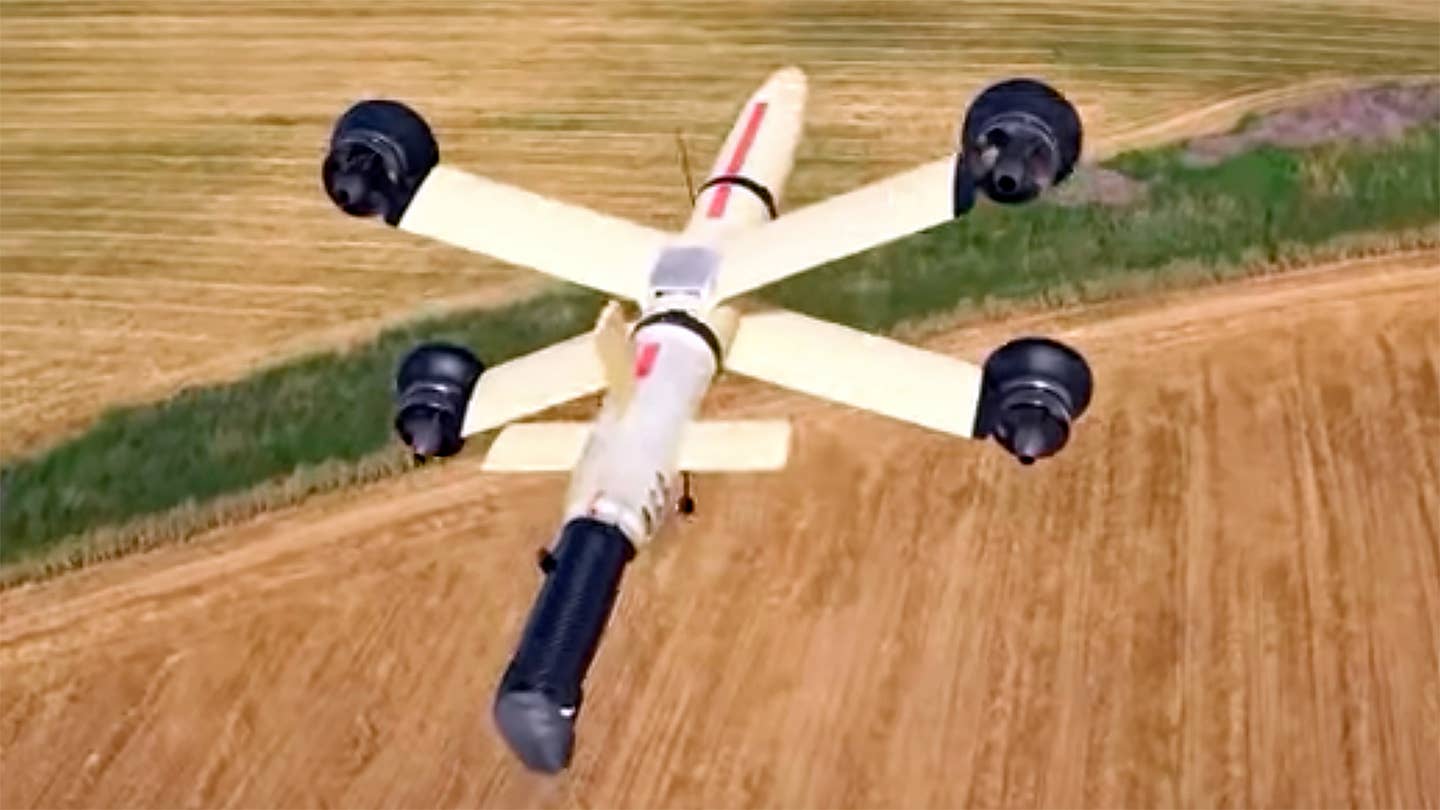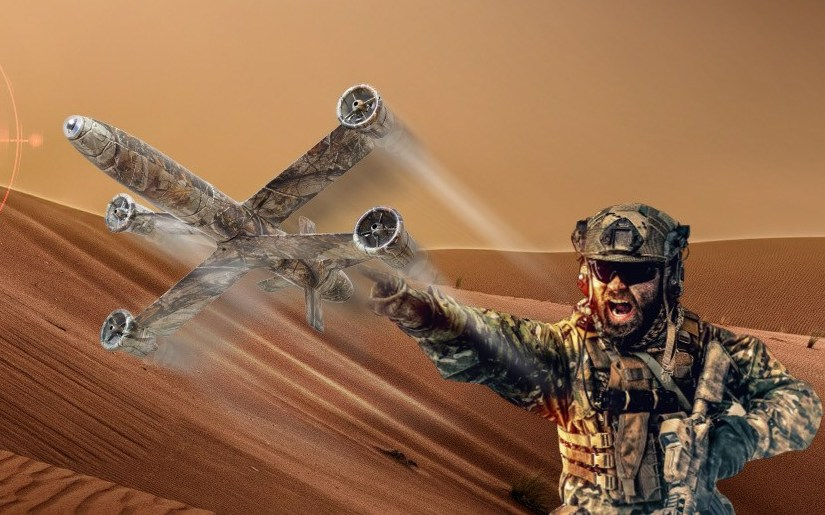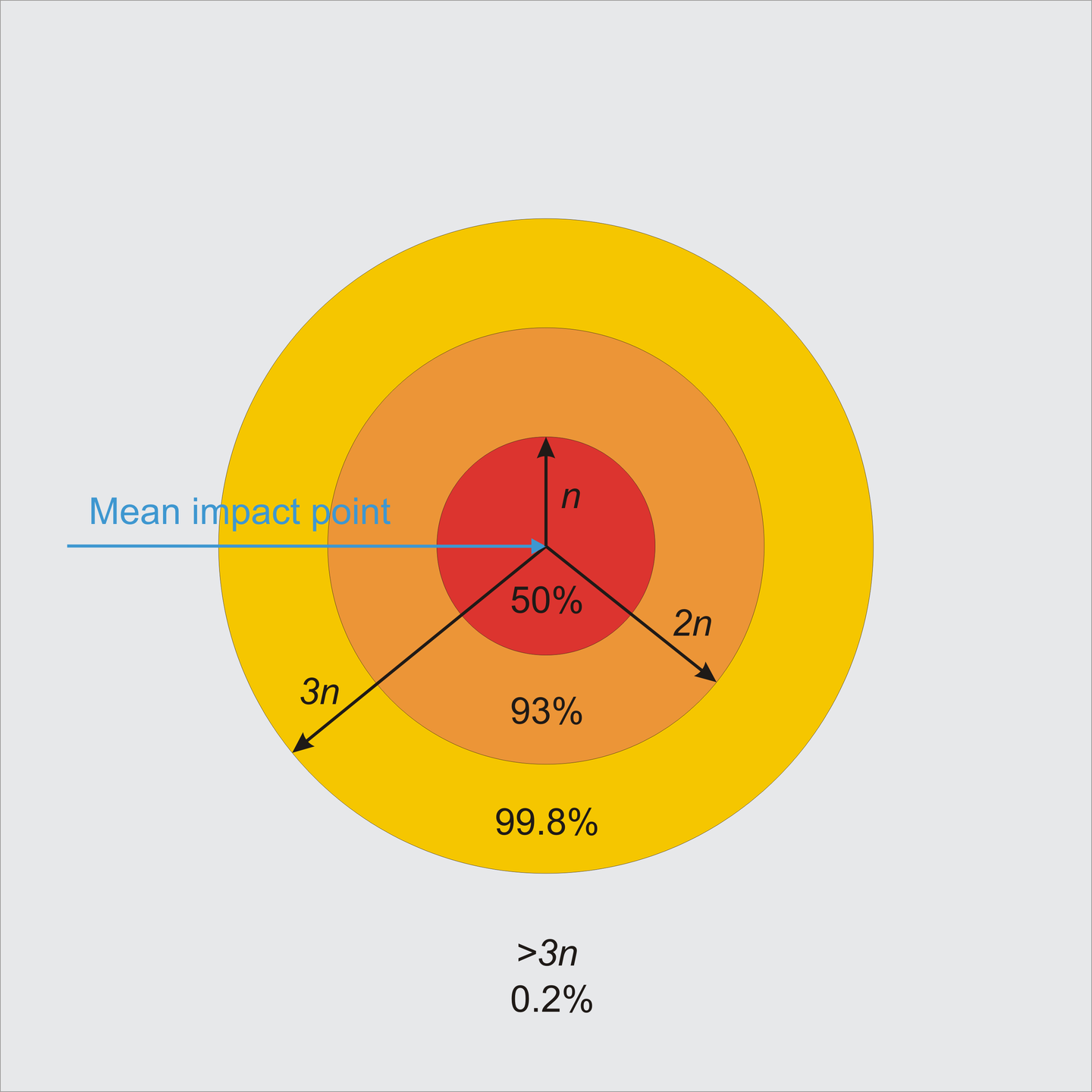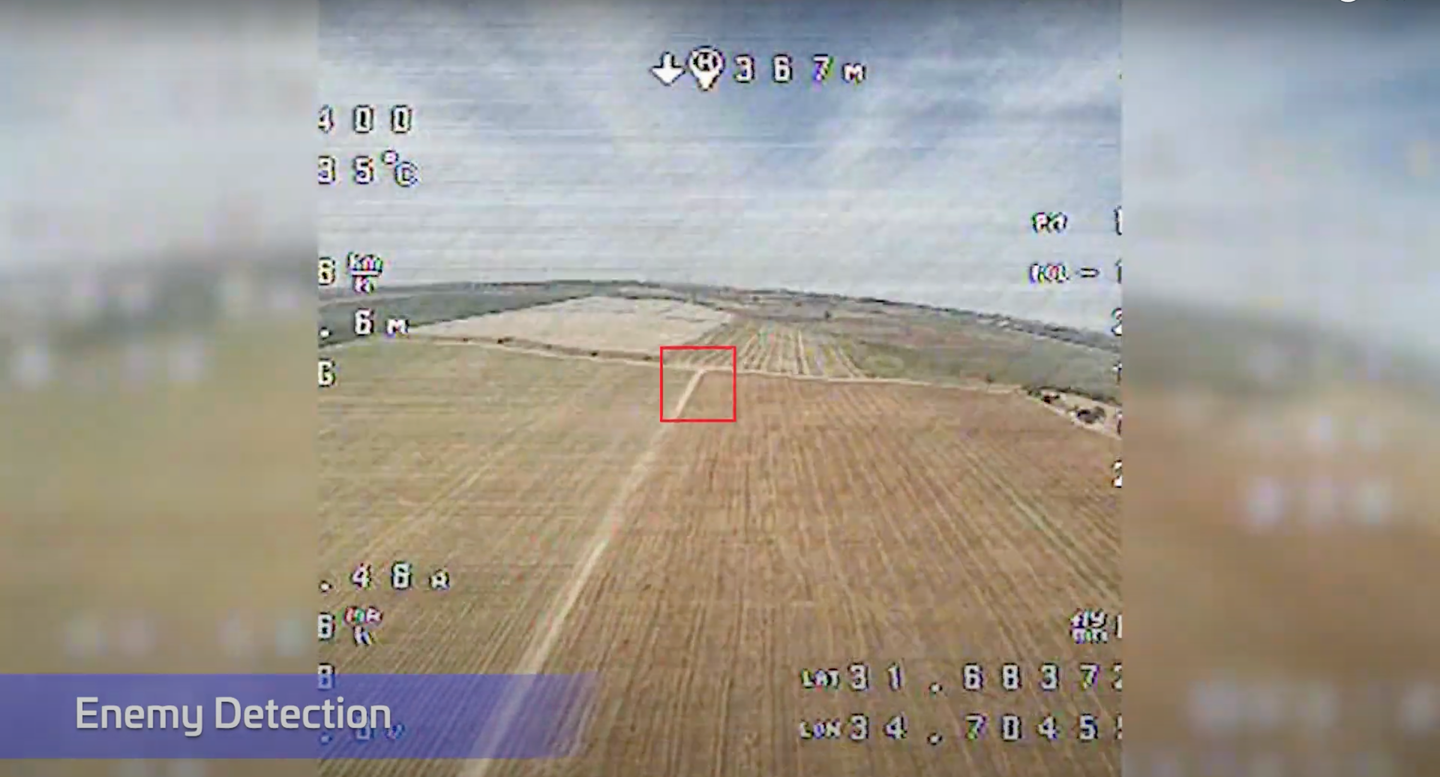EMMA HELFRICH

Israel will be developing and delivering new hand-launched and recoverable loitering munitions to the U.S. Department of Defense under a multi-million dollar, multi-year contract announced today. The state-owned Israel Aerospace Industries will be designing the vertical take-off and landing drone with missile-like capabilities that the company has named Point Blank.
And yes, it looks a lot like a little X-wing.
An Israel Aerospace Industries (IAI) press release explains that the company will produce and provide prototype versions of Point Blank designated as ‘ROC-X’ to the United States. ROC-X will be tailored to meet Defense Department (DOD) requirements. The contract was awarded to IAI by the Pentagon’s Irregular Warfare Technical Support Directorate (IWTSD), which is responsible for exploring new capabilities with a particular focus on special operations forces missions.
The contract announcement also acts as IAI’s official unveiling of Point Blank, which the company is touting as a recoverable and reusable “electro-optically guided missile that can be carried in a soldier’s backpack.” However, it’s worth noting that the Point Blank system seems far more reminiscent of a loitering munition, sometimes referred to as an optionally reusable ‘kamikaze’ drone, than it does a missile.
“Point Blank joins Israel Aerospace Industries’ family of missiles, to provide ground-based tactical forces with more precise capabilities to undertake offensive operations, especially against short-lived targets,” Guy Bar Lev, executive vice president for IAI’s Systems, Missiles & Space Group, was quoted as saying in the press release. “We wish to thank the IWTSD for its support and cooperation in the field of precision munitions, confirming, yet again, the importance of tactical missiles to the modern army.”
Because of its relatively smaller size, the hand-launched Point Blank can be operated by one soldier alone. IAI says the munition weighs about 15 pounds and measures around 3 feet in length. Additionally, it will be able to fly at altitudes over 1,500 feet for up to 18 minutes and reach maximum speeds of approximately 178 mph. Point Blank will be designed with vertical take-off and landing (VTOL) capability, as well.
 Concept art for Point Blank. Credit: IAI
Concept art for Point Blank. Credit: IAIAs loitering munitions do, IAI says that when launched, Point Blank will be able to hover in the air above a target while the operator best determines its position and how to engage. The drone will also come with what an IAI brochure is calling an ‘abort option’ for automatic return and landing, which means in addition to being able to launch directly from the operator’s hand, Point Blank can also be called back to land right in the same grip if needed.
The company brochure also states that Point Blank’s Circular Error Probability, which uses the radius of a circle to determine the average distance between the target and the end of the munition’s flight path, is less than one meter, supporting IAI’s claims that the system will offer high levels of accuracy. This applies to both stationary and moving targets, according to IAI.
 A graphic depicting how Circular Error Probability is determined. Credit: Francis Flinch/Wikimedia Commons
A graphic depicting how Circular Error Probability is determined. Credit: Francis Flinch/Wikimedia CommonsThe literature goes on to say that due to the munition’s low acoustic and thermal signature, Point Blank will even be capable of ‘stealth operations’ as well.
Point Blank will come equipped with a hybrid electro-optical (EO) and GPS guidance system, allowing the munition “to validate and collect surveillance information in real-time” as IAI describes it. In terms of how it will transmit data back to the unit, IAI’s website page for Point Blank explains that the munition’s Ground Data Link Terminal will be able to integrate into any existing mobile network data link.
Both manual and fully automatic flight modes are available for Point Blank, which would include the EO-based operator-in-the-loop control concept that Israeli defense firms have been leaders in. This would allow for fine-tuned course correction right up until the point of impact, which is something that most loitering munitions are designed with to increase accuracy and provide a margin of safety. Hitting known, fixed targets autonomously would also be a given.
Point Blank was conceptualized specifically to provide both smaller ground-based tactical teams and larger battalions with a transportable and highly precise capability that can be used to engage various targets. This includes those in the naval domains.
The company also states that Point Blank is “being developed to be equipped” with a 2 kilogram (4.4 pound) warhead that leverages an impact/proximity fuze, which provides target proximity detection and point-detonation capabilities. This would comprise Point Blank’s ‘attack mode’ as described by IAI, while the munition’s reconnaissance, surveillance, and target acquisition (RSTA) mode will utilize only its cameras.
 A screengrab from Point Blank's promotional video showing the munition striking a target. Credit: IAI YouTube video
A screengrab from Point Blank's promotional video showing the munition striking a target. Credit: IAI YouTube video A screengrab from Point Blank's promotional video showing the munition's enemy detection capability in its RSTA mode. Credit: IAI YouTube video
A screengrab from Point Blank's promotional video showing the munition's enemy detection capability in its RSTA mode. Credit: IAI YouTube videoWhich configuration the DOD will be receiving from IAI — be it modified for RSTA, attack, or both — was confirmed to The War Zone by the IWTSD today.
“As the [press release] states,” said IWTSD staff, “ROC-X is the version of Point Blank that Israel IAI is developing for IWTSD. Israel IAI will develop the initial ROC-X platform for [RSTA]. IWTSD should receive 10 Point Blank ROC-X versions this summer for operational test and evaluation by [Special Operations Forces]. However, a lethal variant of ROC-X has to be Americanized, which means integrating the lethal package and conducting safety testing in the U.S. This phase of the project should begin later this year.”
IAI says that it will be providing associated training for operators along with the delivery of the 10 RSTA-configured ROC-X Point Blank prototypes this upcoming Fiscal Year 2023.
Point Blank will only add to the list of drone-like attack and surveillance capabilities coming out of Israel. Locally based companies like IAI and Elbit Systems, for instance, have been pumping systems like this out as of late, most with a focus on supporting smaller ground units with situational awareness and attack capabilities. As a recent example, last November Elbit introduced what the company is calling LANIUS, a fist-sized search-and-attack loitering munition based on racing drones and designed for urban warfare.
While similar systems have been around for many years now, and the utility of soldier-launched loitering munitions has only been highlighted by the war in Ukraine, where this system differentiates itself is in its ease of launch and recovery paired with higher performance. Beyond that, the system stands as another reminder that aerial surveillance and precision bombardment continue to be 'democratized' down to the squad, and even the individual soldier, level, with increasing ease of use and expanding capabilities.
No comments:
Post a Comment